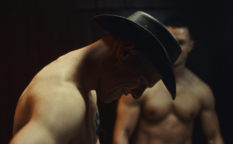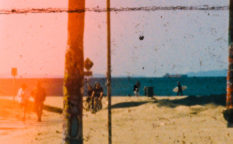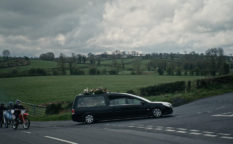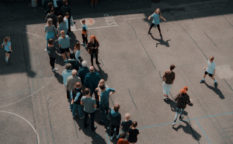Interview: Mladen Kovačević, director of “4 Years in 10 Minutes”
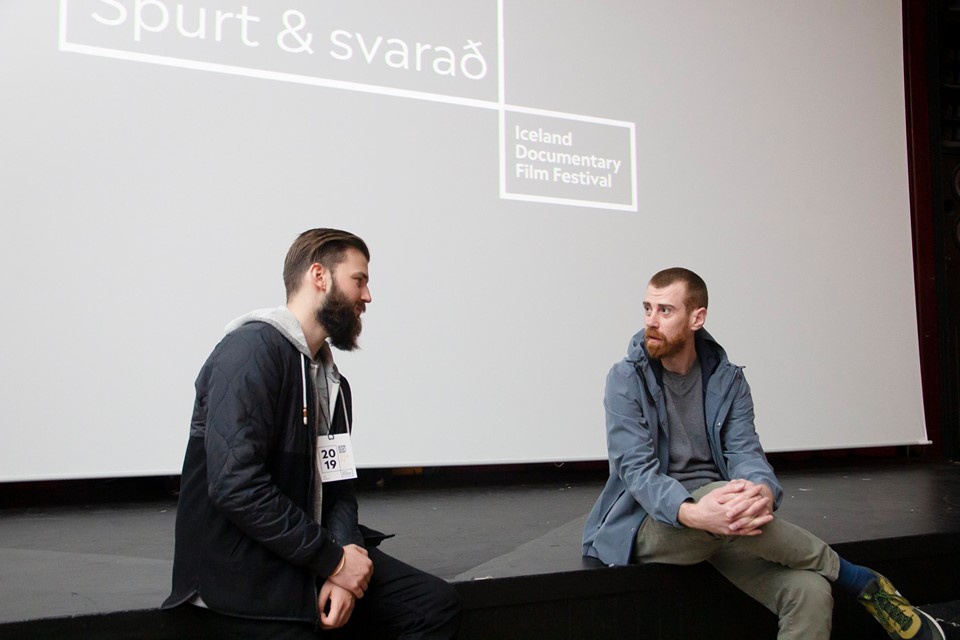
How did you obtain the footage for the film? It is basically a found footage film.
It is really a found footage film. The term has been used nowadays to excuse auteurs for all kinds of stuff, so every archive film or badly shot film or participatory documentary is often called found footage. This really was found footage. Dragan Jaćimović, the first Serbian who climbed Mount Everest, asked me if I could transfer his mini-DV tapes to a hard drive and this is happening 18 years after his ascend to Mount Everest. He gave me his tapes, and the only thing that was written on the tapes was “2000”, the year when he climbed. I actually knew what was on the tape, he told me about it, but I didn’t expect to see anything interesting there. I had no interest in mountaineering films or any kind of sport films about triumphs and some such, but when I started watching immediately I was shocked when I realized that there was something else in this footage. Of course, this kind of impressions could be misleading, but the more I watched I was more surprised. He didn’t mention that he also wrote a diary and he sent me the diary via email, roughly the same time when I was watching the footage. I started reading it, it was 200 pages long, like a novel that was never published. When I read the diary I was sure that there was a film in there.
What happened to the footage to be “found”? It had to be “lost” first…
Another thing, I was curious what was happening in those recordings, in this footage, and what was happening to Dragan and his relationship to the experience he had in The Himalayas to put him in such position not to see what he recorded for 18 years. That was really the first time that he asked anyone to transfer those tapes to another medium. Nowadays we live in times when everything recorded is immediately posted somewhere online, and here we have a guy who did something historical, regardless what people think about it, he was the first in his country to do such a thing and it is an accomplishment even though he was the first person in the world, and he never wanted to watch it or to show it to other people. Another detail, there was a whole group of mountaineers who were disputing that he ever was on Mount Everest. The reason for that is that he never had witnesses there, he was there alone, so seven years after his expedition, they started slowly to question if he was really there. It happens in mountaineering circles, they do question each other in such way, and even that didn’t inspire him to show the footage as the final evidence that he was really there.
Well, he went live from there on TV, it was some news show on former BKTV channel in Serbia, you show it in the film.
There were a few interviews and excerpts, there was even an interview with another camera, the news, the articles… It was all very positive. It was a government project in a way to put him up there, but the dispute came a few years later. This shot he took on summit itself, it was 12 minutes long and it could easily be the crown evidence that he was there, but even that didn’t make him to show this footage. So, all this together was a hint that there was something special and interesting in his experience on Mount Everest and that was my inspiration to make the film.
You didn’t have much material?
No, it was very, very limited.
So you had that limited video material, but you also had the diary. And you used the diary in the form of title cards.
When I read the diary, I knew immediately that I wouldn’t use it as a voice-over, even if I asked Dragan to read it, it would put a contemporary perspective into something that happened then and his experience was so complex and puzzling that I am not sure that he even understands what happened to him. Any other perspective outside of the tapes and the diary would alter his experience, even maybe banalize it in some way. So I knew that I would use the text on the screen over the images. The material itself offered a very interesting structure for the film. In the first half, Dragan is recording, he is holding the camera and we never see his face. The first time we see the protagonist is during the climax of the film, actually on the summit, which is peculiar, it is not something we see every day in documentary cinema. And then, the second half of the film, he never takes camera in his hand, he is being recorded by somebody else. The structure was already in the material, but what actually instigated it is this opportunity to add an additional layer of his journal excerpts that do not progress together with the images. The second half we see him climbing down from Himalayas, but with these excerpts we stay with him on the summit. Because while I was reading his diary, and actually if you watch the footage as well, it was quite clear that, in his mind, he was still up there, reliving his near-death experiences. Even though the material was limited, it was very fortunate in the way it was structured and shot, so with that little material we could still have an interesting structure for the film.
And you show your title cards in different manner as the film progresses…
In the first half of the film, we use them over freeze-frames. Then, when he reaches the summit, there is at first a moment of blank, a black screen, and a few of the titles go over that black screen. And after we see the summit, we don’t use those freeze-frames any more, they just go over the moving images. Of course, we kinda had to play with the form a bit because of the limitations to make it all work in the end. We wanted to stick to this form, kinda criptic, someone would say even experimental, for the reason of keeping his experience kinda intact and not banalized for making it too concrete.
But there were interventions to the material, you had an editor, a sound designer, but it is still in synch with the mood and the style of the original material. Did you ever think of leaving the material in its raw form, just as it is?
It is almost left as it was. The excerpts were not changed, but we of course had to choose the ones that would work for the film. We even kept some cuts in the film that were already there on tapes. So we really wanted to preserve his approach to filming, because there was something. I mean, he filmed the stuff without any artistic intention, which gave it very authentic quality. This kind of authentic quality reminds us, at least me, that this kind of realism and simplicity of realism can be extremely poetic. I believe we ended up with a very poetic film which was shot in a very crude manner and even the post-production was in a way crude. We left the cuts, as I said, and the most extreme stuff you here in the terms of sound is an authentic sound, basically the wind was breaking the membrane of this small mini-DV camera microphone. What was being edited is just to make it a little more audible and not too aggressive that you give up watching. So, the interventions were there, you know, it’s a film! In a way all that doesn’t matter, all the documentaries and even the fiction films are made of this bits of reality we combine together. Here it is just more obvious because they were done without some strong artistic intention and are all authentic. So, in a way, the approach to make this film was not much different from an approach to make any other film.

